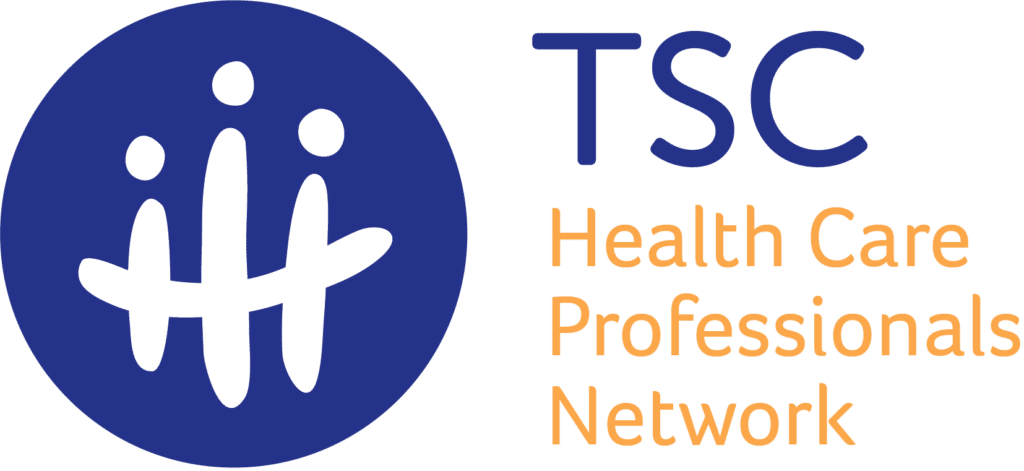Our Medical Advisory Panel
Our Medical Advisory Panel helps guide and support TSA (Tuberous Sclerosis Australia). We are indebted to this team of TSC (Tuberous Sclerosis Complex) experts which assists in reviewing and writing materials for our website and new publications, facilitates introductions to other health professionals and researchers and keeps us in the loop on important research, medical and treatment developments.
The current members of our Medical Advisory Panel are:
Dr Denise Chan
Paediatric Neurologist, Sydney Children’s Hospital
Dr Clara Chung
Clinical Geneticist, Sydney Children’s Hospital
Associate Professor Nicole Isbel
Consultant Nephrologist, Princess Alexandra Hospital, Brisbane
Dr Sean Kennedy
Nephrologist, Sydney Children’s Hospital
Dr John Lawson
Neurologist and Rural, Regional and Remote Clinical Trial Enabling Program, NSW Ministry of Health
Dr Fiona McKenzie
Clinical Geneticist, Genetic Services of WA
Dr David Mowat
Clinical Geneticist, Sydney Children’s Hospital
Professor Lakshmi Nagarajan
Neurologist and Epileptologist, Perth Children’s Hospital
Dr Vinita Prasad
Developmental and Behavioural Paediatrician, Queensland Children’s Hospital, Brisbane
Dr Zebunnessa Rahman
Neurologist and Epileptologist, Westmead Hospital, Sydney
Dr Vanessa Sarkozy
Developmental and Behavioural Paediatrician, Sydney Children’s Hospital
Dr Matthew Sypek
Nephrologist, Royal Children’s Hospital Melbourne and Royal Melbourne Hospital
Dr Helen Whitford
Respiratory Physician, The Alfred Hospital, Melbourne
Professor Deborah Yates
Respiratory Physician, St Vincent’s Hospital, Sydney
For Health Care Professionals

